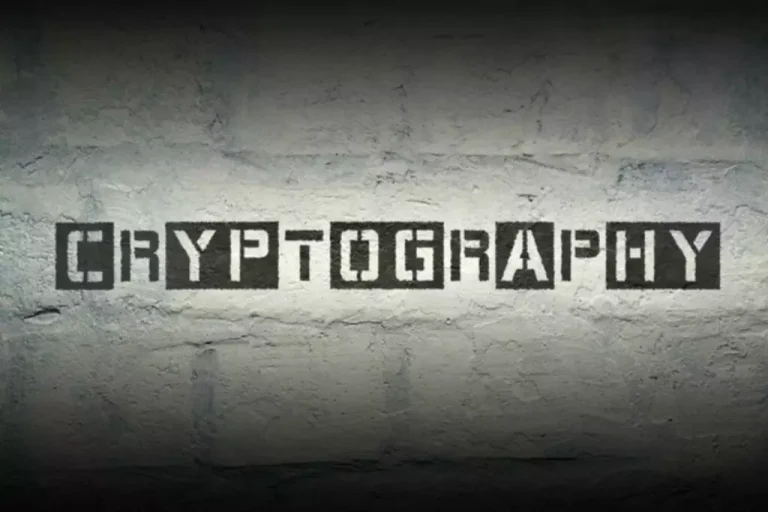So new vulnerabilities could surface as quickly as the model new system is in extensive launch. In the proof-of-stake system Ethereum is slowly transferring to, you put up 32 ether—currently value $100,000—to turn out to be a validator. If you don’t have that type of spare change on hand, and not many people do, you can be part of a staking service the place participants serve as validators jointly. These nations need the facility to keep their companies operating and their houses heat. Ethereum makes use of 113 terawatt-hours per year—as much energy because the Netherlands, according to Digiconomist.
And it aimed to make participation in network safety more democratic by removing the need for costly tools. In 2021, Bitcoin mining consumed over 200 terawatt-hours (TWh) of electricity annually—comparable to the energy usage of some countries. By 2024, this figure remained vital, with estimates ranging between a hundred and twenty TWh and 175 TWh per year.
In a blockchain where members maintain a shared ledger, Bitcoin’s creator wanted to find a approach to hold individuals from trying to sport the system and spend the identical cash twice. Proof of labor was a clever kludge—it wasn’t good, however it worked well enough. Total, PoS is expected to be extra energy-efficient, scalable, and secure than PoW, whereas enabling a wider vary of use circumstances and applications on the blockchain.
- Unlike mining, PoS doesn’t require computational power to solve a complicated cryptographic puzzle.
- Casper is a partial consensus technique that mixes research into proof of stake algorithms with Byzantine fault-tolerant consensus principle.
- Take time to weigh the strengths (like hybrid tech, fast transactions, active partnerships) alongside your personal needs.
- In the following section, we’ll have a look at a few of the prime platforms driving this new wave of decentralized Bitcoin staking.
- No — Bitcoin’s network makes use of Proof of Work, not Proof of Stake, so there’s no native staking mechanism like Ethereum’s validator system.
Democratic Participation
These tasks embody validating transactions, signing blocks, and participating within the consensus protocol. Validators want to stay on-line and energetic to contribute to the network constantly. If a validator goes offline or fails to behave truthfully, they may face penalties, corresponding to slashing of their staked cash, to discourage malicious behavior. Total, Ethereum Proof of Stake presents a extra sustainable, scalable, and inclusive method to blockchain consensus.
What’s Ethereum Proof Of Stake?

With centralized lending, you hand over custody to the platform — so that you technically don’t control your coins till you withdraw. Some decentralized protocols allow you to keep your BTC in self-custody using cryptographic locks or wrapped tokens, but the security trade-offs depend upon how the system is designed. Bitcoin staking isn’t conventional staking, however the innovation surrounding it demonstrates simply how far the crypto business is prepared to go to unlock new value from current assets. On the other aspect, decentralized platforms have taken the thought a lot additional. The rise of BTCfi — a decentralized finance platform explicitly constructed round Bitcoin — has led to extra artistic ways to generate yield.
The unbonding interval for Solana is way shorter than many competing networks at simply 2-3 days, providing higher flexibility when you need to entry your funds. The project’s native token, $SNORT, remains to be in its presale section, however it has already raised over $500,000. When it formally launches, will probably be out there on both Solana and Ethereum. Presale investors can already stake their tokens to earn up to 642% APY.
Nonetheless, it has solely recently been applied for the true Ethereum Mainnet and is less time-proven than proof-of-work. The following sections focus on the professionals and cons of proof-of-stake’s security model in comparison with proof-of-work. You can start staking many cryptocurrencies with just a few dollars, although earning significant rewards sometimes requires larger quantities. A first rate Bitcoin mining rig costs $10,000-$50,000, plus ongoing electrical energy costs. You additionally need technical data to set up and preserve mining gear.

The adoption of Ethereum PoS could contribute to broader adoption of blockchain technology, because it Ethereum Proof of Stake Model aligns with the rising international concentrate on sustainability. Another problem is the concentration of wealth in the arms of early adopters. In PoS, people with larger initial stakes have a greater advantage in earning rewards. This wealth concentration can result in additional inequality within the network, probably limiting participation and making it harder for model new entrants to become validators.
Proof of stake does away with miners and replaces them with “validators.” Instead of investing in energy-intensive computer farms, you put money into the native cash of the system. To turn into a validator and to win the block rewards, you lock up—or stake—your tokens in a sensible contract, a bit of laptop code that runs on the blockchain. When you ship cryptocurrency to the good contract’s wallet address, the contract holds that forex, type of like depositing money in a vault. Beneath PoS, validators (also known as «stakers») are chosen to create new blocks and validate transactions primarily based on the quantity of cryptocurrency they hold and are prepared to «stake» as collateral. In different https://www.xcritical.in/ words, the extra cryptocurrency a validator stakes, the higher their chance of being chosen to create a new block and earn rewards. To turn into a validator in a PoS community similar to Ethereum, one should stake a sure quantity of cryptocurrency as collateral.
ETH 1.0 can solely handle roughly 25 transactions per second (TPS) in the meanwhile Stockbroker. That’s insufficient for a single DeFi protocol, much less the entire blockchain community. Nevertheless, the founder of Ethereum, Vitalik Buterin, has previously said that ETH 2.0’s capacity might soon increase to 100,000 TPS after every step is efficiently completed. Therefore, decentralized finance will turn out to be rather more possible with Ethereum 2.0, both by means of speed and transaction costs. Validators will replace miners and will be required to lock 32 ETH on the Ethereum network to qualify.
